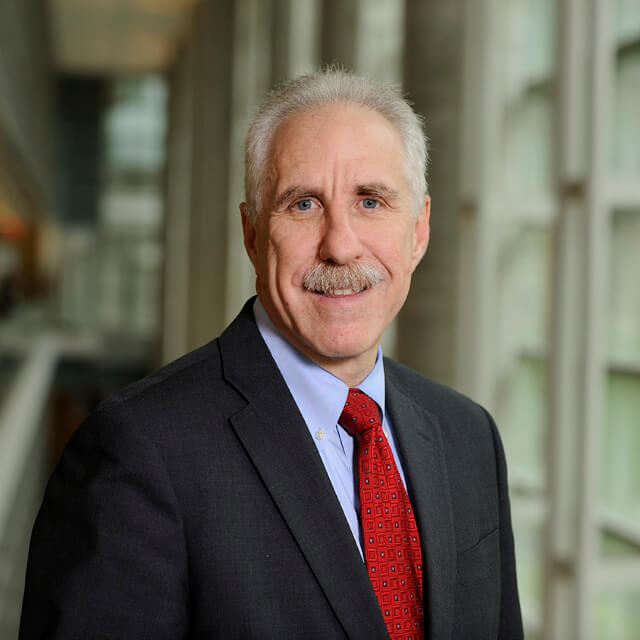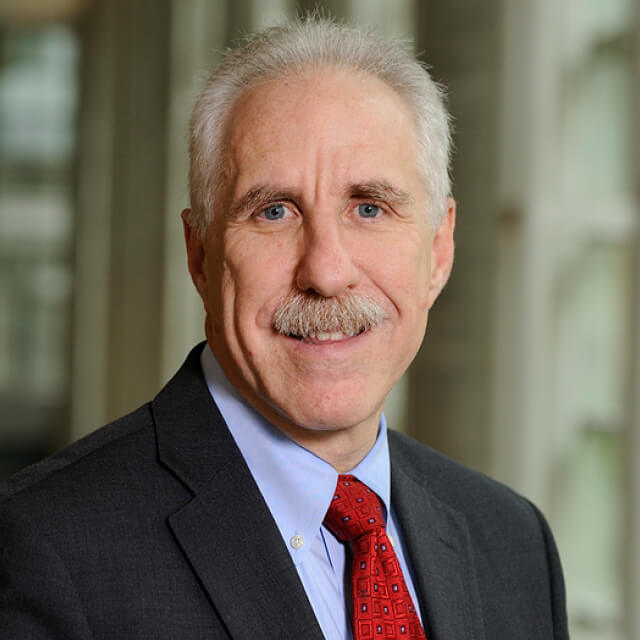Graduate education is one of the core missions of Johns Hopkins Medicine. As times change for academic medical centers, we want to keep apace of the trends in medicine. That’s why, as part of our Strategic Plan, we are surveying our teaching methods to make sure we continue to provide a modern, world-class education and produce highly successful graduates.
One recent example of this work is the opening of our STILE classroom, which stands for science, transform, interact, learn and engage.
About two years ago, after touring our Preclinical Teaching Building (PCTB) facilities for graduate education, I requested a needs list and cost estimates for renovations that could begin immediately. We formed the PCTB Design Committee to consider how to remodel the first-floor space, with the goal of providing innovative and updated facilities to support graduate biomedical education and student life.
The group identified two principal needs:
- An active learning classroom to permit a more collaborative style of teaching
- A physical space that promotes interaction among trainees, faculty members and staff members, leading to a stronger community
A few months ago, we celebrated the opening of the STILE classroom, as well as renovations to Mountcastle Auditorium and an adjacent classroom, which represent the first phase of this work to create more state-of-the-art teaching spaces.
The STILE classroom offers a more engaging and interactive teaching environment. A “flipping the classroom” instructional method enables students to watch a lecture online at their own pace and then come to class prepared for deep discussion. A flipped classroom also enables information delivery to move from lecture-based to interactive, which is why students come to Johns Hopkins—to interact with and learn from the best scientists in the world in a dynamic, intellectual environment.
The opening of the STILE classroom represents a sizable step forward toward the goals of our Strategic Plan. It helps us ensure that biomedical education at Johns Hopkins is transformative, with creative and innovative methods of instruction, and that we are building an effective culture and infrastructure for learning across Johns Hopkins Medicine.
A vital piece of our tripartite mission is setting a standard of excellence in education to produce tomorrow’s leaders in health care. That is why we need to keep refining our methods and continuously improving to lead this change.
Learn more about STILE classrooms at bit.ly/stilemedjhm



